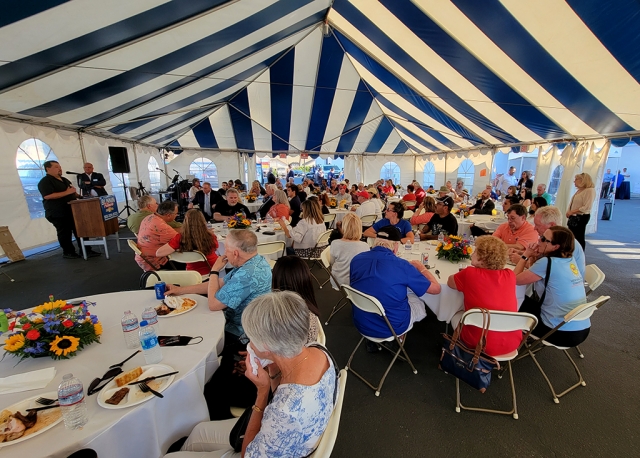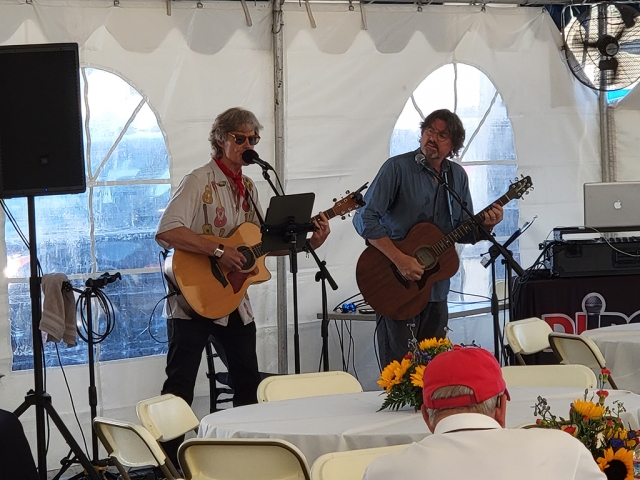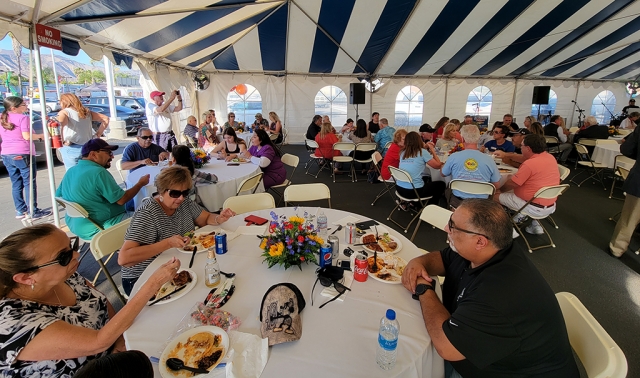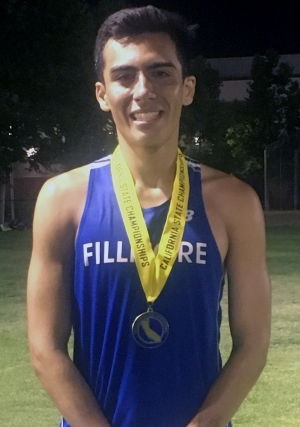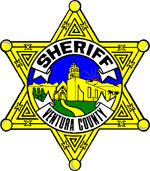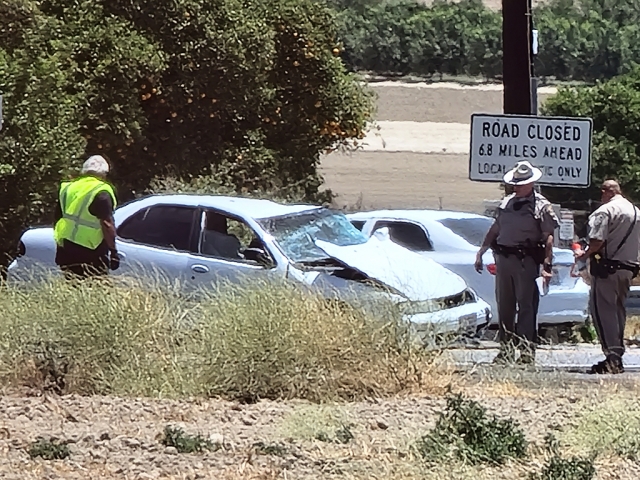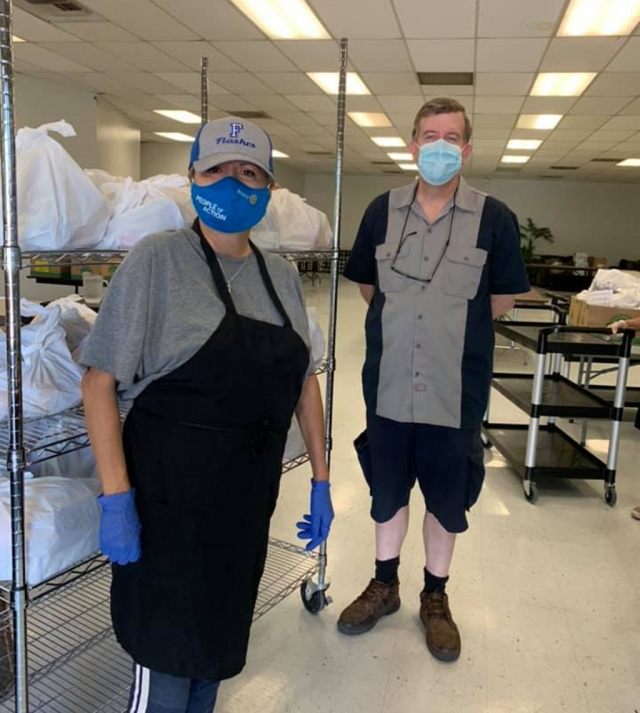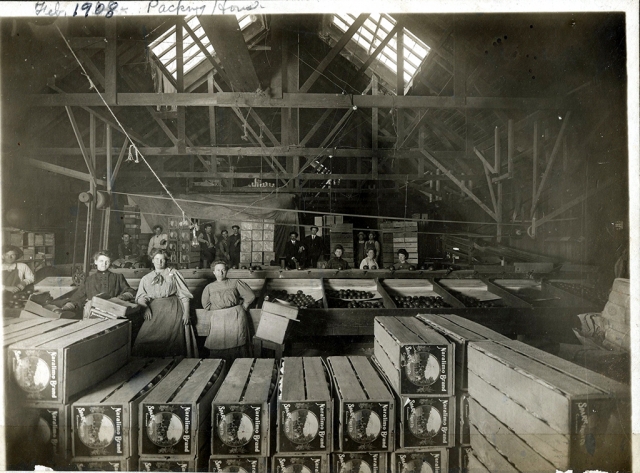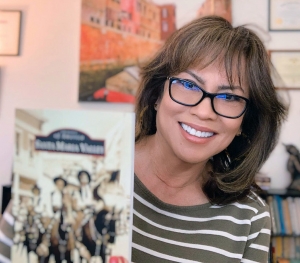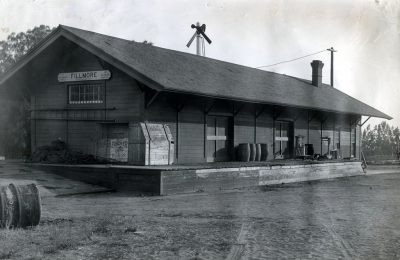|
By Anonymous — Wednesday, July 7th, 2021
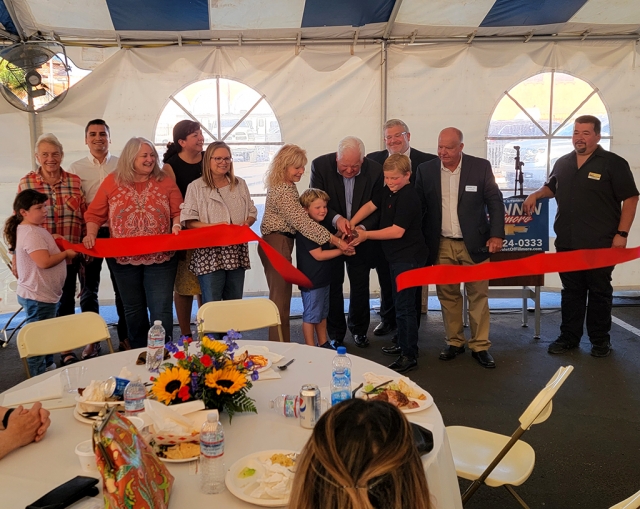 The long awaited Grand Opening for the new Fillmore Bunnin Chevrolet dealership was well attended. An enthusiastic crowd packed the main tent where everyone enjoyed many food choices while listening to live music. Congratulations to Mr. Bunnin and his right-hand-man, Shane Morger, who created the whole event; and a hearty Welcome to Fillmore! Enlarge Photo |
|
By Anonymous — Wednesday, June 30th, 2021
A 16-year old Fillmore juvenile male student was arrested after making a threat of having a bomb while on school grounds at Fillmore High School. On 06/29/2021, at approximately 11:11 a.m., patrol deputies responded to Fillmore High School in reference to a bomb threat report. Prior to arrival, it was learned that a known male juvenile used an online communication service and stated that he âhad a bomb in his backpack.â With the assistance of staff from the Fillmore Unified School District, students were safely evacuated from the premises and the juvenile was subsequently arrested. The area of concern was searched by investigators from the Fillmore Police Department and the Ventura County Sheriffâs Office Bomb/Arson Unit. The school and surrounding area was deemed safe and no explosive devices were located. The juvenile was booked into custody at the Juvenile Justice Center in Oxnard for violations of making Criminal Threats and a False Report of a Bomb. The juvenile remains in custody with a court date set for July 1, 2021. The identification and apprehension of this individual would not have been possible without alert school officials and the cooperative relationship between the Fillmore Police Department and the Fillmore Unified School District. Nature of Incident: Bomb Threat Ventura County Crime Stoppers will pay up to $1,000 reward for information, which leads to the arrest and criminal complaint against the person(s) responsible for this crime. The caller may remain anonymous. The call is not recorded. Call Crime Stoppers at 800-222-TIPS (8477). |
|
By Anonymous — Wednesday, June 30th, 2021
There will be no Sespe Creek Car Show or Chili Cook-Off in Fillmore on 4th of July. The City of Fillmore will be hosting a fireworks show on Saturday, July 3rd at the Fillmore Middle School baseball fieldâit is expected to begin at 9pm. Courtesy City of Fillmore. |
|
By Anonymous — Wednesday, June 30th, 2021
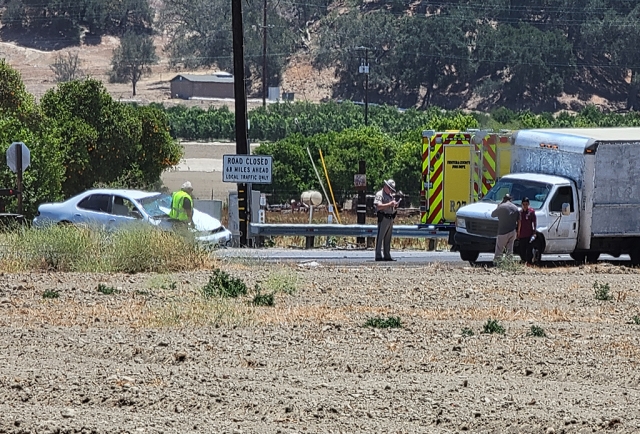 On Friday, June 25th at 12:18pm, Sheriffs and Firefighters responded to a collision on Charmberburg and Guiberson Road in Bardsdale. A white sedan and a white truck collided, causing damage to both vehicles. No further details were given at the time of the accident. Enlarge Photo |
|
By Anonymous — Wednesday, June 30th, 2021
The Ventura County Sheriffâs Office of Emergency Services is in the process of updating the Ventura County Hazard Mitigation Plan (HMP). The plan update is a multi-jurisdictional effort involving over 20 different partners, including all 10 of the Countyâs incorporated cities, the Countyâs Watershed Protection District, the Ventura County Office of Education, and the County Fire Protection District. The HMP strives to inventory the natural hazards that Ventura County is most vulnerable to, assess risks to the Countyâs community members, buildings and critical facilities, and develop a mitigation strategy to reduce the risk of exposure and allow a swift, equitable, and organized recovery should a disaster occur. The Countyâs most recent HMP was adopted in 2016, but requires updating every five years to maintain federal funding eligibility. The public is invited to learn more about the HMP and opportunities for participation in the update process by visiting www.ReadyVenturaCounty.org. Nature of Incident: Ventura County Hazard Mitigation Plan Update |
|
By Anonymous — Wednesday, June 30th, 2021
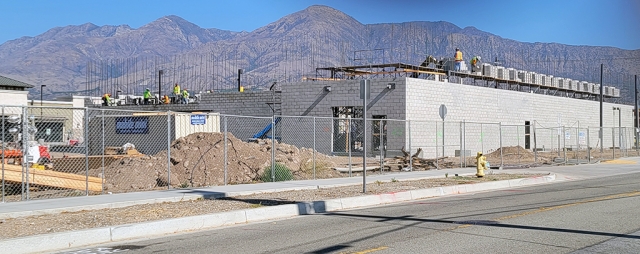 Back in March 2021 construction began at the corner of Ventura & C Street for Fillmoreâs soon to be Grocery Outlet. Above is a photo of the building. There are 270+ independently operated Grocery Outlet stores in California, Idaho, Nevada, Oregon, Pennsylvania, and Washington. Enlarge Photo |
|
By Anonymous — Wednesday, June 30th, 2021
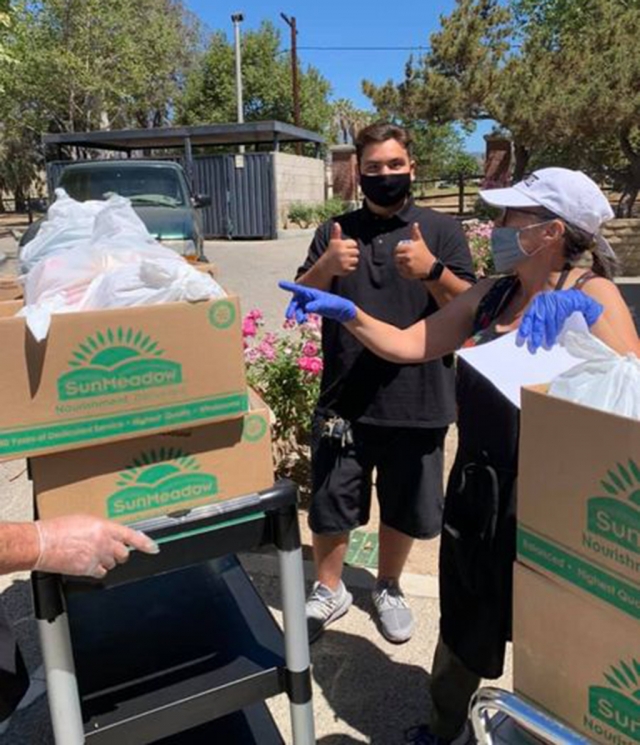 On June 15th Members of Rotary Club of Fillmore and family reached out to deliver meals to those in our community at the Fillmore Active Adult Center. Their help was very much appreciated. Courtesy Rotary Club of Fillmore. Enlarge Photo |
|
By Anonymous — Wednesday, June 30th, 2021
Courtesy Fillmore History Museum Although the Museum was closed for over a year due to the pandemic, we were still available, under COVID-19 restriction guidelines for researchers. During the time we were closed, we had several people conduct research on topics from a possible documentary on the St. Francis Dam Disaster to wanting to know the history of the older home they had just purchased. We are always happy to help people research their ancestry, home, or general history of our area. One of the people who reached out to us was Fillmore resident, Carina Monica Montoya. She told us she was writing a book for Arcadia Publishing on Ventura County and needed photographs and information. Arcadia Publishingâs Images of America series spotlights the history of neighborhoods, towns and cities of local writers and historians by showcasing vintage photographs, some spanning over 100 years. Over several visits to the Museum, we were able to assist Carina in finding photographs and information on Fillmore, surrounding communities, and of Ventura County in general.Our many resources further inspired her to expand the book to include a chapter on disasters that significantly impacted the county but also helped to reshape it. On July 10th, Carina will be at the Southern Pacific Depot in Fillmore for a book signing. Books are currently available on our website gift shop and will be available at the event. Please join us from 1 to 3 pm on Saturday, July 10th for a book signing. |

